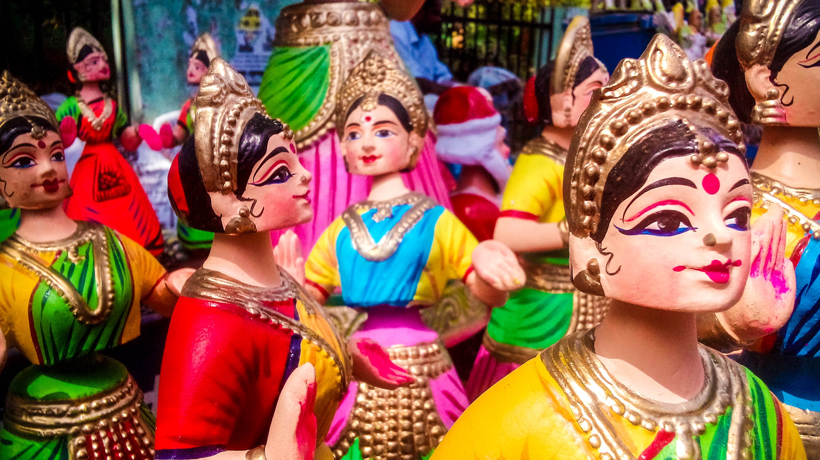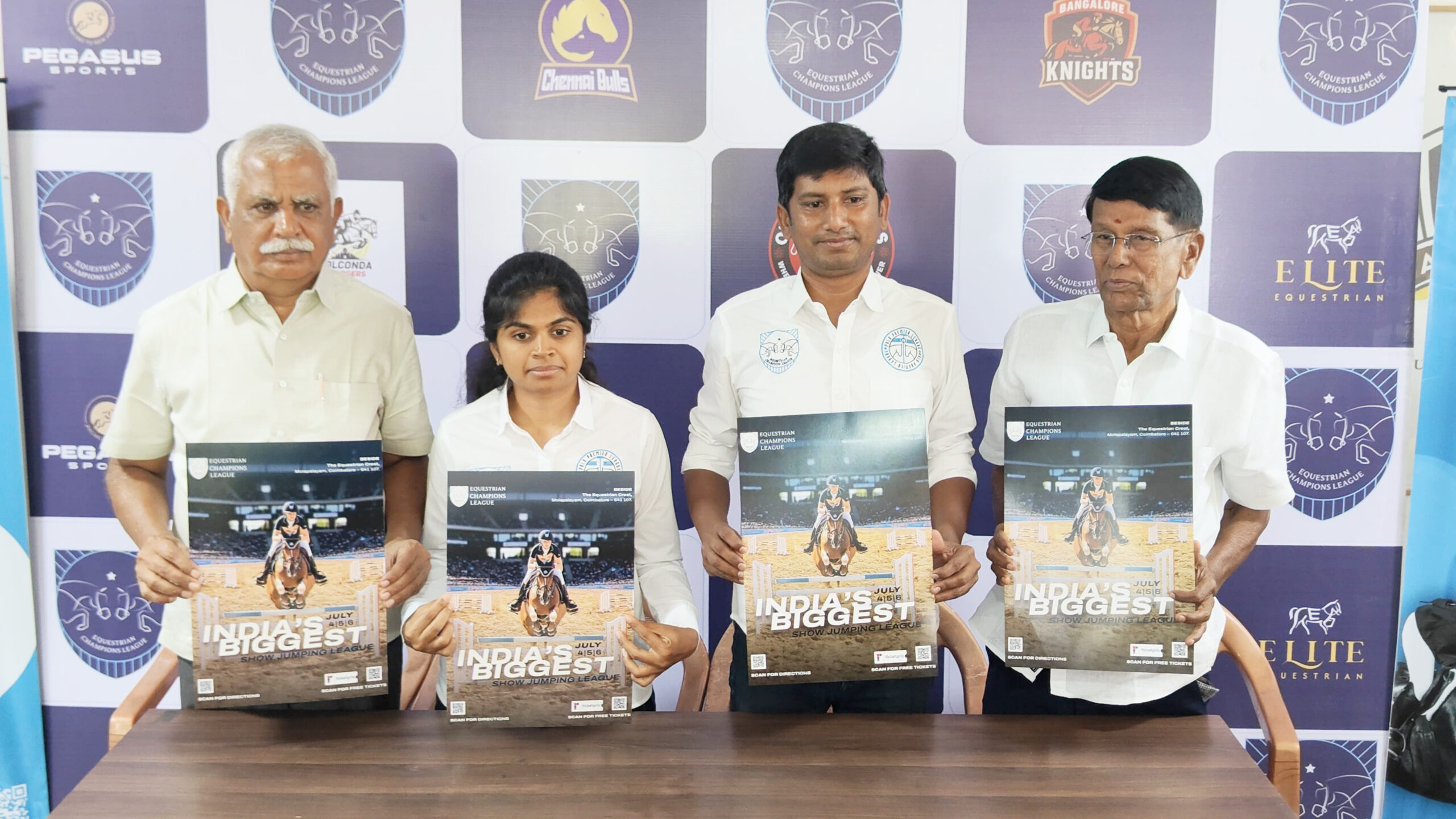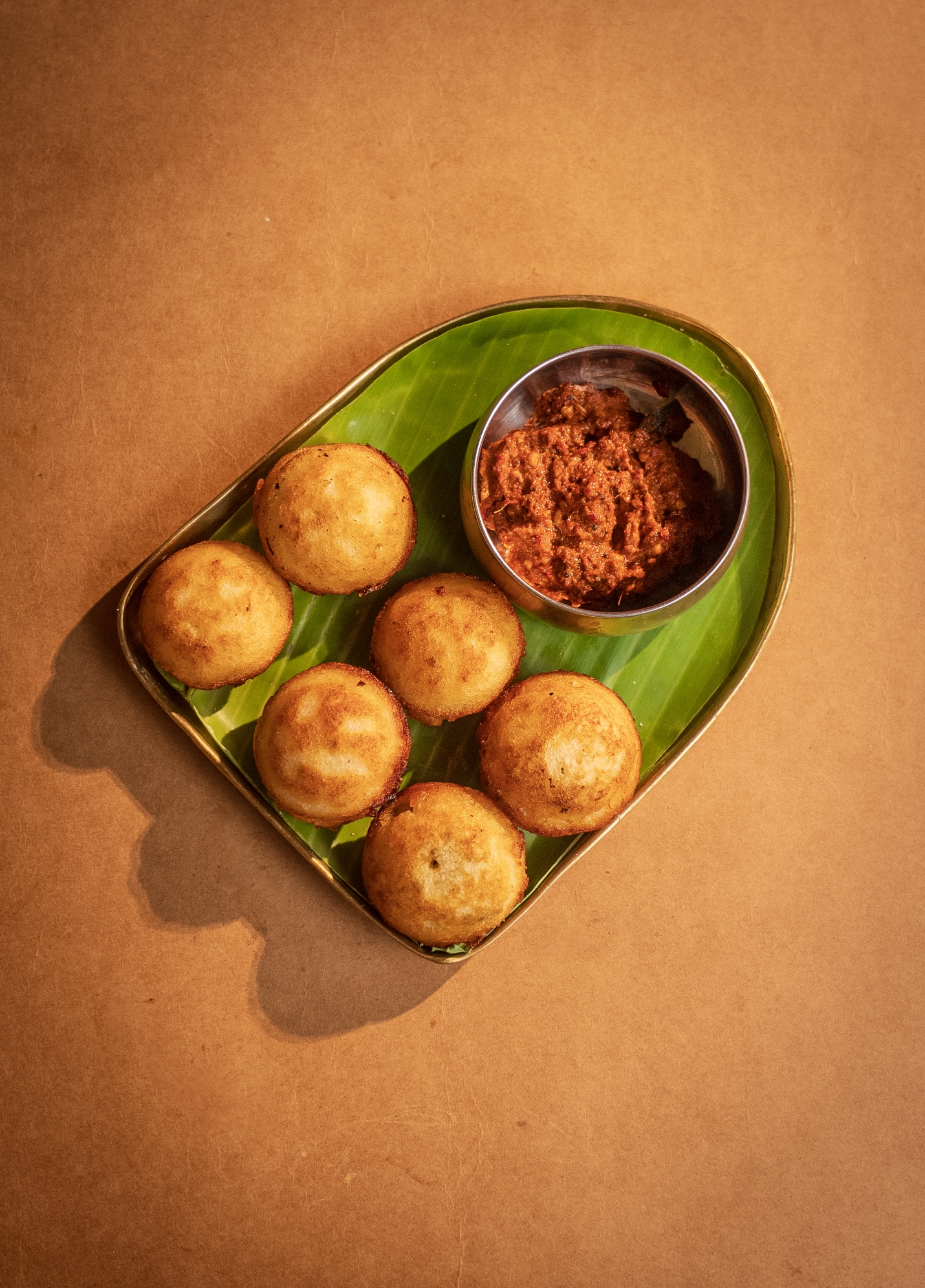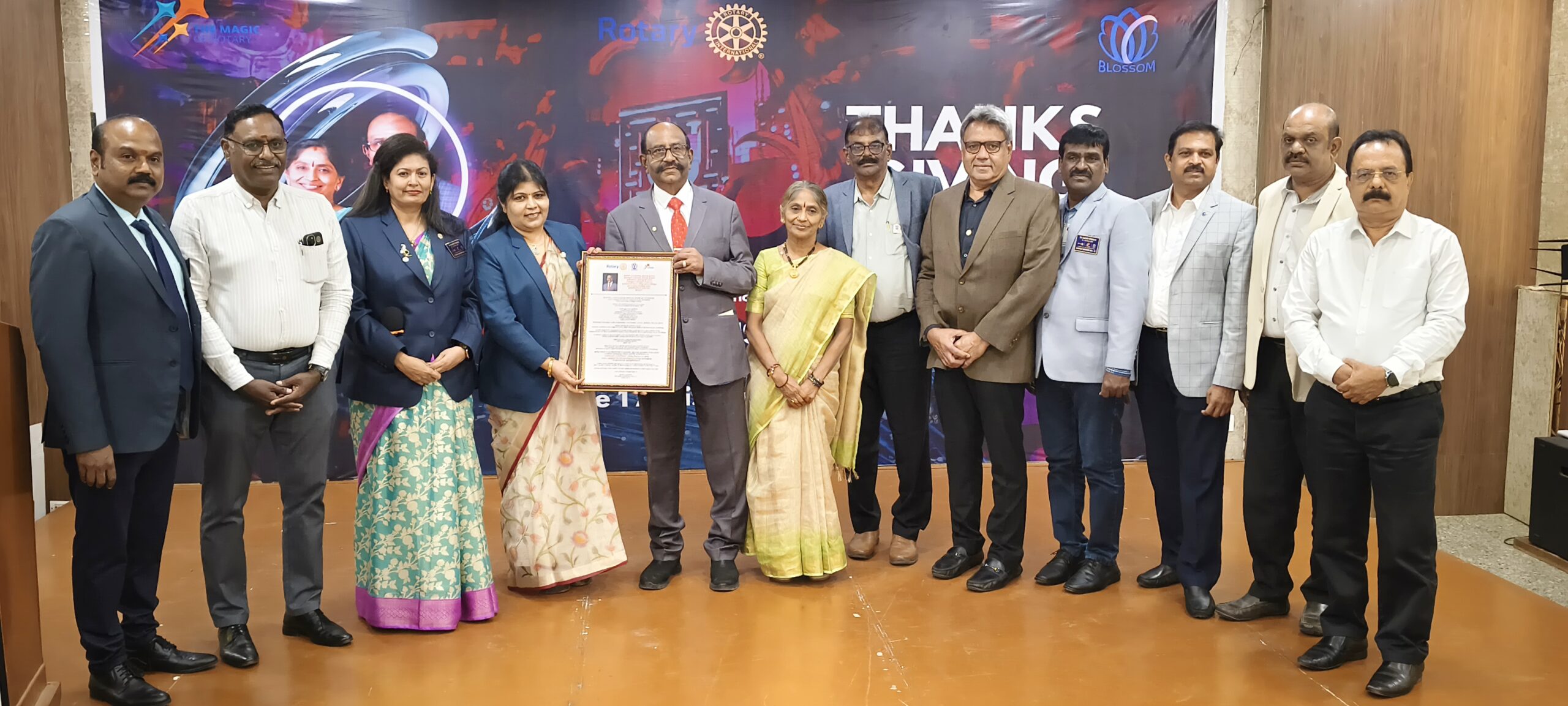Trending Now
- “If Edappadi Palaniswami permits, a thousand young members from the Virudhunagar district AIADMK are prepared to take up arms and engage in battle under my command.” – Former AIADMK Minister Rajendra Balaji
- “India is ready to deal with any counter-attack by Pakistan” – Wing Commander Vyomika Singh
- Central govt orders extension of CBI Director Praveen Sood’s tenure for another year
Coimbatore
Thanjavur dolls: Coveted heirlooms
![]() October 9, 2019
October 9, 2019
As Navarathri approaches on September 29, preparations begin for public and home displays of ‘golu’ in Coimbatore. Among the exhibits are the Thanjavur dancing dolls or the ‘thalaiyatti bommais’, their elegant swaying, an engineering marvel often considered a forerunner of modern day electronic toys. These dolls are treasured heirlooms, often passed down generations.
The dolls were first made in Thanjavur in late 19th century during the reign of Maratha king Serfoji. It bagged the Indian government certification of Geographical Indication (GI) tag in 2009.
R Ranjith, the owner of the 10-year-old Chola Impressions showroom in Thanjavur tells The Covai Post, “The dolls are of two types. The roly-poly couple set called the Raja Rani or Chettiyar dolls are the traditional ones, with round spherical oscillating base. The dancing lady or Thalaiyatti bommai came later and is more modern.”
He adds that Raja Rani dolls are always made of clay dough, while the dancing dolls are made of a cooked dough of papier mache, Plaster of Paris and tapioca starch. The dough is pressed into pre-cast clay moulds and stuck with paper and tapioca based glue. They are removed after drying and hand painted in bright colours.
“Also iron strands are used to shape the dough and the swaying and nodding of heads. Papier mache material keeps these dolls lightweight. Most of our dolls sell during festive seasons of Navarathri and Diwali. The standard size is 10 inches height, while dolls with three or four feet height are made on special orders. They can cost from Rs.350 onwards according to workmanship.”
He says the quality of dolls keeps changing as old moulds are recast into new ones for better shaping.
Ranjith employs around ten artisans or doll-makers. He rues that many artisans have gone into other vocations due to manual labour and pay parity. “However, online sites like Amazon have boosted sales and increased artisans’ incomes. Besides this, Poompuhar ethnic craft showrooms have also helped,” he says.
C Narendra Bose, manager of Poompuhar, Coimbatore, says, “These dolls are very popular and are bought by visitors of all nationalities as mementos, curios and most recently as corporate gifts. We had stocked dolls made of fibre, which have sold out . Now papier mache and Plaster of Paris are available. Even Coimbatore airport has showcased a life-sized Thanjavur doll as a symbol of our traditional craft. Foreign tourists buy only the fibre-based dancing dolls, as it is unbreakable and durable. We sell around 500-1,000 dolls annually.”
S Saraswathi, an Iyer housewife in Salem tells The Covai Post, “I have several Thanjavur dancing ‘bommais’. My Raja Rani dolls were gifted during my marriage around 50 years ago. I have, of course, added to the collection every golu, besides gifting my daughters during their marriages. After golu, we separate the parts of the dolls, wrap them carefully in newspaper and store in cartons with naphthalene balls to prevent weevils and termites. Unwrapping and setting them up is fun during golu.”























